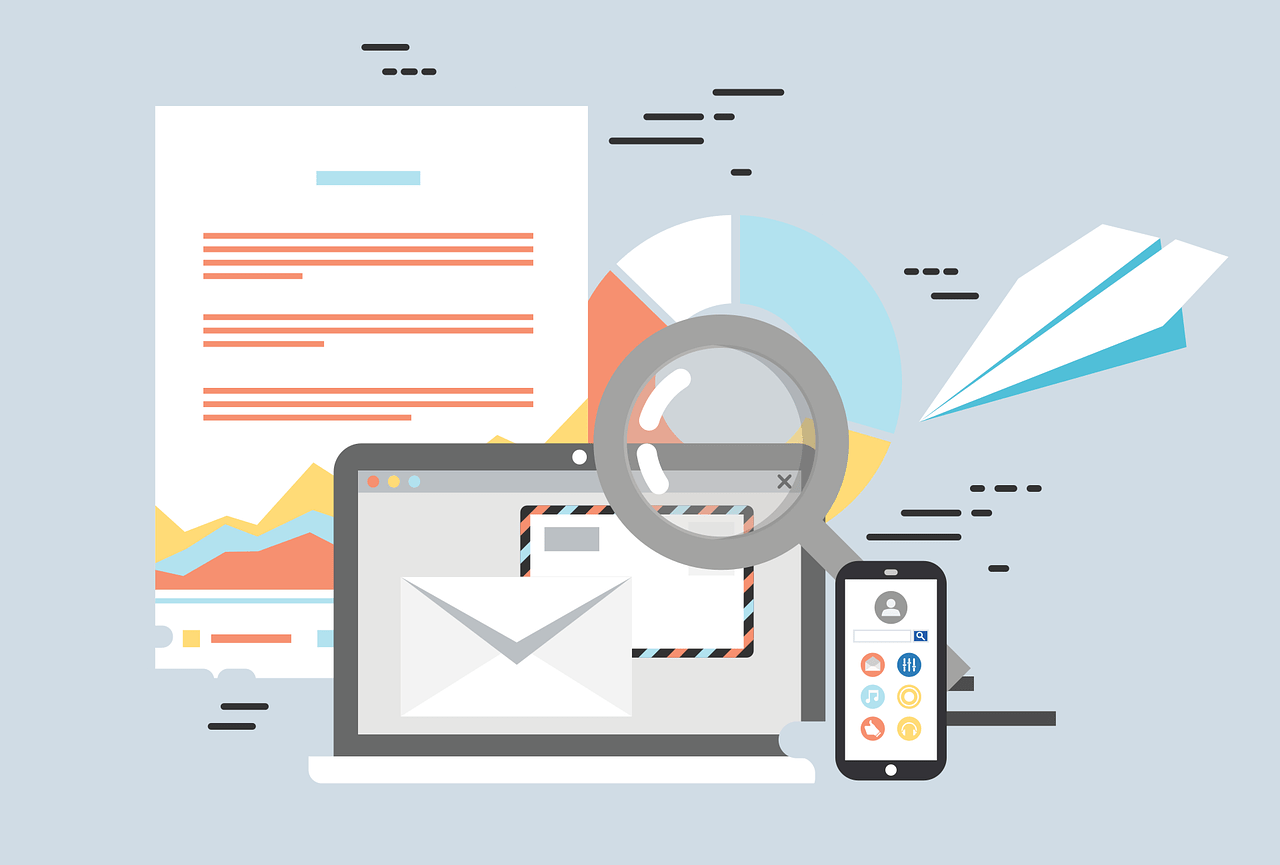QR codes, those little square patterns that seem to be everywhere these days, are not just a passing fad. According to a study by Juniper Research, it’s estimated that over 5.3 billion QR code coupons will be redeemed by smartphones by 2022. They’ve become an integral part of our digital landscape, offering businesses a versatile tool for marketing and engagement.
But what exactly are QR codes? Quick Response (QR) codes are two-dimensional barcodes that can be scanned using a smartphone camera or a QR code reader app. These codes typically contain information such as website URLs, contact details, or text messages, which can be accessed by the user upon scanning the code.
Why Use QR Codes for Small Businesses? In the age of smartphones and digital connectivity, QR codes offer an innovative way to bridge the gap between the physical and digital worlds. According to a survey by Statista, 68% of smartphone users have scanned a QR code at least once, highlighting the widespread adoption of this technology. They provide an interactive experience for customers and can be easily integrated into various marketing strategies.
The beauty of QR codes lies in their simplicity and versatility. Whether you’re a small coffee shop looking to offer loyalty rewards or an online retailer wanting to share product information, QR codes can be tailored to meet your specific needs and objectives.
Benefits of Using QR Codes
Cost-Effective Marketing One of the most appealing aspects of using QR codes for small businesses is their cost-effectiveness. Traditional advertising methods like print ads, TV commercials, and billboards can be costly and often require a significant investment upfront. In contrast, QR codes require minimal investment and can yield significant returns.
For instance, a small bakery in London saw a 20% increase in sales after implementing QR codes on their packaging, offering customers a chance to scan and receive a digital coupon for their next purchase. This not only drove sales but also encouraged repeat business and customer loyalty.
Enhanced Customer Engagement QR codes provide a unique and interactive way for customers to engage with your brand. Whether it’s scanning a code to access exclusive content or participating in a virtual scavenger hunt, QR codes can make the customer experience more engaging and memorable.
According to a report by MobileIron, 57% of consumers say that they would like to see more QR codes used in advertising. This shows a growing appetite for interactive and personalised marketing experiences. By incorporating QR codes into your marketing campaigns, you can cater to this demand and create a more engaging and interactive experience for your customers.
Data Collection and Analytics QR codes can also serve as a valuable tool for collecting customer data and analytics. By tracking scan rates and user engagement, businesses can gain insights into customer behaviour and preferences, allowing them to refine their marketing strategies accordingly.
For example, a clothing retailer in Manchester used QR codes to promote a new product line and collected valuable data on customer preferences, popular styles, and purchase patterns. This information enabled them to make data-driven decisions, optimise their inventory, and tailor their marketing campaigns to better meet the needs and interests of their customers.
Creative Uses of QR Codes
Digital Business Cards Say goodbye to the traditional paper business card. With a QR code, you can create a digital business card that allows customers to easily save your contact information, connect with you on social media, or visit your website with a simple scan.
For instance, a freelance graphic designer in Birmingham replaced his paper business cards with QR codes linked to his online portfolio and LinkedIn profile. This not only saved printing costs but also allowed potential clients to instantly access his work and contact him directly through social media, streamlining the networking process and enhancing his professional image.
Product Information and Reviews QR codes can also be used to provide customers with instant access to product information, reviews, and testimonials. By scanning a code, customers can quickly learn more about a product and make informed purchasing decisions.
For example, a local bookstore in Edinburgh placed QR codes next to their best-selling books, allowing customers to scan and read reviews, author interviews, and sample chapters. This enhanced the shopping experience and helped customers make more informed and confident purchasing decisions, ultimately driving sales and increasing customer satisfaction.
Virtual Storefronts and Pop-Up Shops For businesses that operate online or have limited physical space, QR codes can be used to create virtual storefronts and pop-up shops. By scanning a code, customers can browse products, make purchases, and even interact with customer service representatives in real-time.
For instance, an online boutique in Leeds created a virtual pop-up shop using QR codes displayed in various locations around the city. Customers could scan the codes to access the boutique’s online store, browse exclusive collections, and even participate in virtual styling sessions with professional stylists, creating a unique and interactive shopping experience.
Loyalty Programs and Discounts QR codes offer a convenient way to implement loyalty programs and discounts for your customers. By scanning a code, customers can redeem special offers, collect points, or join exclusive clubs, encouraging repeat business and fostering customer loyalty.
For example, a local cafe in Glasgow launched a QR code-based loyalty program, where customers could scan a code each time they made a purchase to earn points towards free drinks or discounts. This not only incentivised repeat business but also encouraged customers to engage with the cafe’s social media channels, share their experiences, and refer friends and family, ultimately driving customer acquisition and retention.
Implementing QR Codes in Physical Locations
Window Decals and Posters One of the easiest ways to promote your QR code is by displaying it prominently in your physical location. Window decals, posters, and banners can attract the attention of passersby and encourage them to scan the code to learn more about your business.
For instance, a boutique hotel in Liverpool used QR codes on their window decals to promote special offers and exclusive packages. Passersby could simply scan the code to access more information, view photos of the rooms and amenities, and even book a reservation directly through their smartphone, enhancing visibility and driving bookings.
Menus and Table Tents Restaurants and cafes can use QR codes to provide customers with digital menus, special offers, and online ordering options. By scanning a code, customers can easily access the information they need and make quick decisions without waiting for a server.
For example, a sushi restaurant in Sheffield replaced their traditional paper menus with QR codes displayed on table tents. Customers could scan the code to view the menu, see photos of each dish, read ingredients and nutritional information, and even place an order directly from their table, improving efficiency, reducing wait times, and enhancing the overall dining experience.
Event Promotion QR codes can be a valuable asset for promoting events and special promotions. By placing codes on flyers, invitations, or event tickets, you can provide attendees with instant access to event details, schedules, and registration forms, making it easier for them to engage with your event.
For instance, a music venue in Bristol used QR codes on their concert tickets to provide attendees with exclusive access to backstage interviews, artist bios, and special promotions. This enhanced the concert experience, encouraged social sharing, and generated buzz around the event, ultimately driving ticket sales and increasing attendance.
Best Practices for QR Code Marketing
Design and Branding When creating QR codes for your business, it’s important to consider design and branding. Use colours, logos, and imagery that reflect your brand identity and make the code visually appealing to your target audience.
For example, a beauty salon in Newcastle created custom QR codes using their brand colours and logo, which not only enhanced brand recognition but also made the codes more visually appealing and engaging for customers.
Testing and Tracking Before launching your QR code campaign, be sure to test the codes on various devices and platforms to ensure they work properly. Additionally, use tracking tools and analytics to monitor scan rates, user engagement, and ROI, allowing you to refine your marketing strategies and improve results.
For instance, a local gym in Cardiff launched a QR code campaign to promote their new fitness classes. By using tracking tools and analytics, they were able to monitor scan rates, identify peak scanning times, and track customer engagement, which enabled them to optimise their marketing efforts, increase class attendance, and generate new leads.
Conclusion QR codes offer small businesses a creative and cost-effective way to promote their products and services, engage customers, and collect valuable data. By incorporating QR codes into your marketing strategy and following best practices, you can enhance your brand visibility, drive sales, and build customer loyalty in today’s digital landscape.
FAQs
- What are QR codes and how do they work?
- QR codes are two-dimensional barcodes that can be scanned using a smartphone camera or a QR code reader app. They typically contain information such as website URLs, contact details, or text messages, which can be accessed by the user upon scanning the code.
- How can I create a QR code for my business?
- There are various online tools and platforms that allow you to create custom QR codes for your business. Simply input the desired information or URL, customise the design to align with your branding, and generate the QR code for use in your marketing materials.
- Are QR codes secure?
- While QR codes themselves are not inherently secure, they can be used in a secure manner by directing users to trusted websites and sources. It’s important to ensure that the content linked to the QR code is safe and free from malicious software or phishing attempts.
- Can QR codes be used for payments?
- Yes, QR codes can be used for mobile payments and transactions. Many businesses and payment platforms offer QR code payment options, allowing customers to make purchases or transfer money using their smartphones.
- How can I track the effectiveness of my QR code marketing campaign?
- To track the effectiveness of your QR code marketing campaign, use tracking tools and analytics to monitor scan rates, user engagement, and ROI. By analysing these metrics, you can identify areas for improvement and refine your marketing strategies to maximise results.




